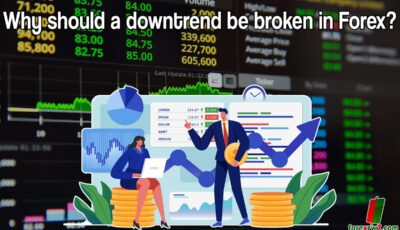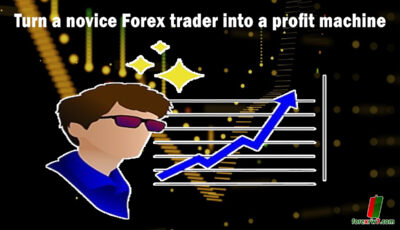How do you choose the best time frames for trading in Forex?
New traders want to know the answer to one of the most common questions I get asked at least once a week: what is the best chart or time frame for trading: 1 hour, 4 hours, 15 minutes, or 5 minutes? So, below, you will find many answers; keep reading.
How do you choose the best time frames for trading in Forex?
Traders who want to make long-term swing trades usually know they want to open daily charts, but anyone looking at short-term trades may need help choosing the right part or time frame to use. We must understand the difference between frame charts and this timeline to answer this question.
Let’s start with the 4-hour chart and each 24-hour cycle. There are six candles on the 4-hour chart, and the 4-hour chart covers about half of the trading session or an 8-hour cycle. 4-hour charts are ideal for traders who want to make more significant moves of 60-100-120 pips and are willing to accept a stop at 506,070 pips and possibly more if you are trading pound pairs.
What should a Forex trader do?
Trading on 4-hour charts requires patience because it takes 4 hours for the candles to form. This is a great time frame to trade for someone with little free time. Think about doctors or lawyers, or, you know, someone who has to be in. His office, or, you know, he can only see how he’s on his computer, sometimes, and he only wants to check his trades two or three times a day.
Like once in the morning, once in the afternoon, and once at night. An excellent example of this is the EUR/USD chart. It took a long time for the breakout to happen, and once it happened, it was four to five hours. That’s how long it took.
The 4-hour chart is not the right time to trade for anyone who has a short attention span and can’t stand a 30 or 40 puppet move against it and feels the need to check prices every 30 minutes, hour, or even less.
The 1-hour chart is an excellent time to trade for someone who has less patience, more free time, and ideally wants to get in and out of trades within a few hours at most in one or two trading sessions.
Forex charts help you determine the appropriate time in Forex.
For example, a one-hour chart has more information than a 15-minute chart but is less lagging than a four-hour one. What I like about trading on hourly charts is that they are short enough to reflect the current market momentum and long enough to smooth out fluctuations.
If the market is shaking with many wild swings, the dust or battle between bulls and bears will usually have settled by the time the one-hour candle closes, so you won’t experience sudden dips or declines.
Using 1-hour charts, you can make more significant moves with narrower stops. I trade 1-hour charts for this reason: I trade emerging momentum in the direction of the actual move in the Asian and New York trading sessions.
How to challenge the right time to start a Forex trading strategy?
This is precisely what my compact strategy is. Now, I also look at other time frames to ensure there isn’t any support or resistance for a big moving average in the way, but my trades are always triggered from the 1-hour charts on Thursdays.
The Euro-kiwi trade was a perfect example of how volatility can be measured on the 1-hour charts while indicating the trend. There is a lot of momentum at the early New York Open. Your trades are sent in the New York session around 6:00 AM or 10:00 AM EDT. Greenwich.
You can see in this EUR/Kiwi chart that just before the New York session opened, a lot of volatility led to the selling of the candles, which are white candles with green and red backgrounds.
But by the time the NYSE opened, the bears had won out. Not only did I have two squeezed sell candles, but I had a confirmed move below the zip line along with lower lows and lower highs, indicating that a sell-off would occur in the New York session. Open.
So I shorted the Euro Kiwi, and it’s an excellent, solid sell trade. Of course, if you’ve watched any of my other videos, you’ll know that fundamentals are also essential to me.
I took this shot at the EUR/Kiwi position because German retail sales and Eurozone PPI surprised the downside while New Zealand trade data surprised the upside.
Forex basics and techniques help you determine the right trading time.
For our part, I bought the Canadian Yen in the Asia open trading session on Monday night and Tuesday morning in Asia. The 1-hour chart showed the CAD closing the New York session at highs as it continued into the early hours of Asia.
Canyon was in a compressed area where the currency pair was trading above the indicator line, and the background was green for buy. This was the rally I expected from the Bank of Canada. The hype was 50 basis points, and Canadian GDP was what appeared to be vital later that morning.








